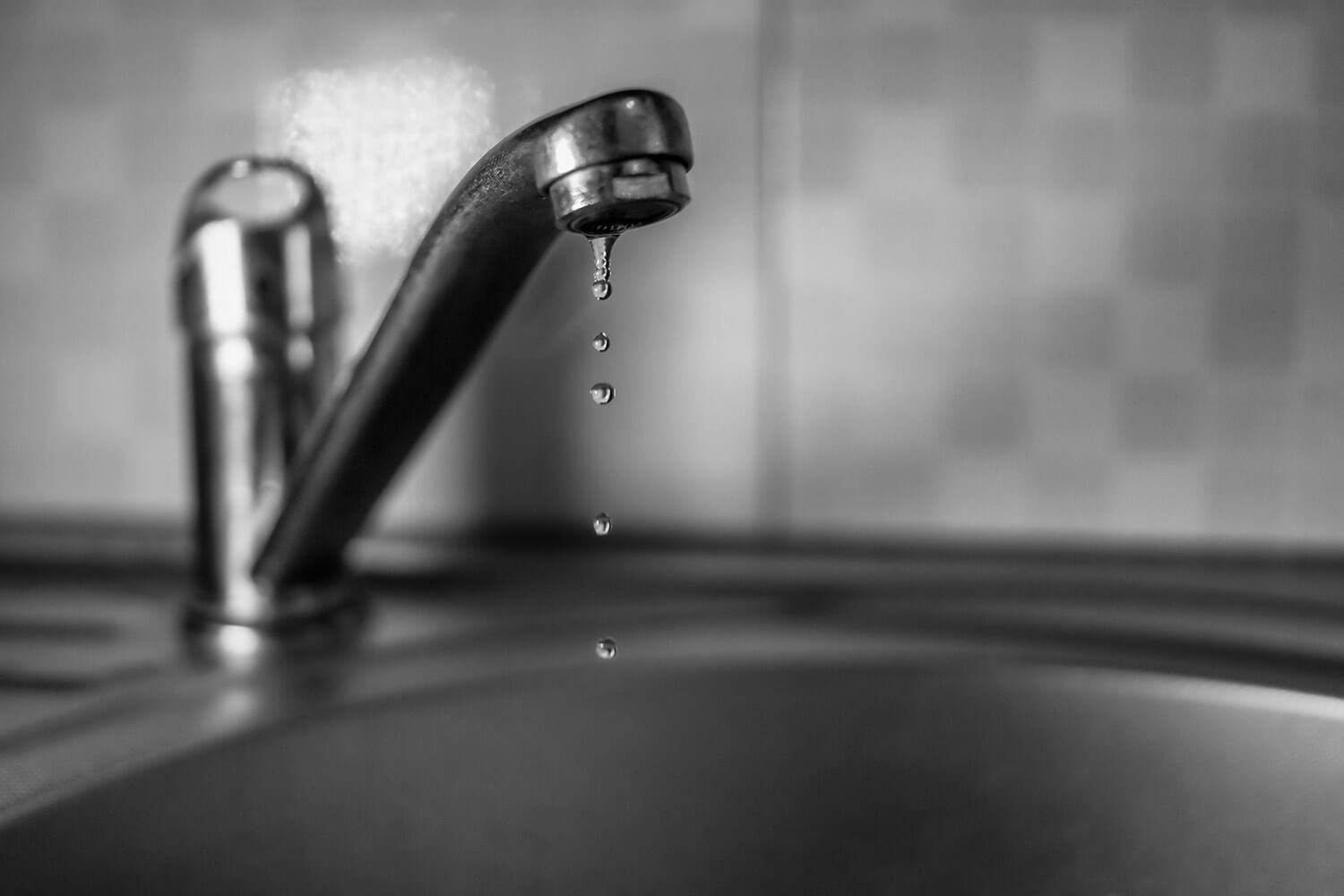The Six Most Common Water Leaks in Your Home: Causes and Solutions
Book Now!On this page down the page you can discover a bunch of sound help and advice involving How to Find Water Leaks.

Leaks not just create waste of water yet can likewise trigger unnecessary damage to your residence and advertise undesirable natural growth. Sadly, water leaks could go undetected given that the majority of the pipework in our house is concealed. By understanding and also looking for day-to-day circumstances that trigger leaks, you can protect your residence from future leaks and also unneeded damage. Today, we will certainly consider six leakage triggers that may be creating your pipes to drip.
Instantaneous temperature adjustments.
Extreme temperature level changes in our pipelines can cause them to broaden and acquire all of a sudden. This growth and also tightening might trigger splits in the pipelines, especially if the temperature level are below freezing. If you kept an eye on just how your plumbing works, it would certainly be best. The presence of the formerly discussed circumstances often shows a high risk.
Rusty water systems
This might be the cause of discoloration or warping on your water pipes. If our plumbing system is old, think about replacing the pipelines since they are at a higher risk of corrosion than the newer models.
Defective Pipe Joints
The point at which your pipes connect is frequently the weakest link in the waterline. Pipe joints can weaken in time, leading to water leaks. The majority of pipeline joints are not easily noticeable. If you have loud pipelines that make ticking or banging sounds, specifically when the warm water is switched on, your pipeline joints are most likely under a lot of stress. It is suggested to have your plumber evaluate your system annually.
Encroaching origins
The majority of water leakages start outside the house rather than inside it. If you see an abrupt reduction in water pressure, claim in your faucet, take some time to go out and also analyze your lawn. You could observe wet spots or sinkholes in your backyard, and that might suggest that tree origins are getting into water lines triggering water to seep out. You can have your plumber check for breach, especially if you have trees or bushes near your home.
Poor Water Connectors
At times, a leak can be triggered by loosened hose pipes and pipelines that provide your home appliances. In case of a water connections leakage, you might observe water running directly from the supply line or puddles around your home appliances.
Blocked Drains
Clogged drains could be aggravating and inconveniencing, but they can often end up causing an overflow causing break pipes. Keep getting rid of any type of products that may drop your drains that can block them to stay clear of such troubles.
All the above are root causes of leakages yet not all water leakages arise from plumbing leaks; some leakages could originate from roof covering leaks. All leakages must be fixed immediately to prevent water damages.
Leaks not only cause waste of water but can also create unneeded damages to your residence and promote unwanted organic growth. By looking and understanding for everyday circumstances that trigger leaks, you can safeguard your house from future leakages and also unnecessary damage. Today, we will look at 6 leakage causes that may be creating your pipelines to drip.
At times, a leakage can be created by loose tubes as well as pipes that provide your appliances. In case of a water links leak, you might see water running directly from the supply line or puddles around your devices.
How To Check For Water Leak In Your Home
How To Check for Leaks
The average household's leaks can account for nearly 10,000 gallons of water wasted every year and ten percent of homes have leaks that waste 90 gallons or more per day. Common types of leaks found in the home are worn toilet flappers, dripping faucets, and other leaking valves. These types of leaks are often easy to fix, requiring only a few tools and hardware that can pay for themselves in water savings. Fixing easily corrected household water leaks can save homeowners about 10 percent on their water bills.
To check for leaks in your home, you first need to determine whether you're wasting water and then identify the source of the leak. Here are some tips for finding leaks:
Take a look at your water usage during a colder month, such as January or February. If a family of four exceeds 12,000 gallons per month, there are serious leaks.
Check your water meter before and after a two-hour period when no water is being used. If the meter changes at all, you probably have a leak.
Identify toilet leaks by placing a drop of food coloring in the toilet tank. If any color shows up in the bowl after 10 minutes, you have a leak. (Be sure to flush immediately after the experiment to avoid staining the tank.)
Examine faucet gaskets and pipe fittings for any water on the outside of the pipe to check for surface leaks.
Undetected water leaks can happen without the home or business owner even realizing. If you suspect a water leak, but not able to find the source. It is time to contact a professional water leak detection service, The Leak Doctor.
How To Find a Water Leak In Your Home
https://www.leakdoctor.com/blog/How-To-Check-For-Water-Leak-In-Your-Home_AE197.html

Do you really like reading about How to detect water leaks in your home? Put feedback directly below. We'd be glad to hear your opinions about this write up. Hoping that you visit us again soon. So long as you enjoyed reading our blog post kindly do not forget to pass it around. I love reading our article about How to Find Water Leaks.
Call Today